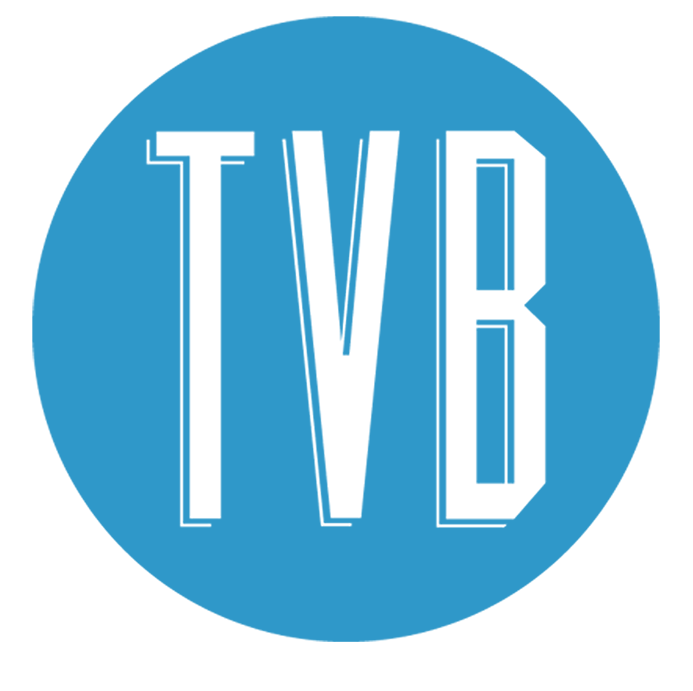The Science and Art of Creating A Memorable Sound Language for Brands
A sound language is a combination of several audio elements you may regularly use in your branded communications - including a sound logo, voice-over style, and a music track tone and manner.
Similar to how visual languages and brand toolkit items like logos, fonts, and colors are recognizable, a sound language aims to create a distinct auditory identity for a brand. These audio elements are strategically designed to evoke specific emotions, enhance brand recall, and establish a connection with the target audience.
The Power of Sound in Branding
The Science of Sound and Memory: Sound profoundly impacts our memory and emotions. Hearing a familiar sound triggers neural connections in our brain, leading to instant recognition and recall. By leveraging the science of sound and memory, brands can create a strong association between their sound language and their brand identity.
Recognizing Patterns: Our brains are wired to recognize and categorize patterns. We naturally seek order in the chaos around us. A sound language that utilizes unique and memorable melodic patterns and styles can tap into this cognitive process, making them more likely to stick with consumers over time.
Setting Yourself Apart: In a competitive marketplace, it's crucial for brands to differentiate themselves from their competitors. A sound language provide an opportunity to establish a unique sonic identity that sets your brand apart. By carefully crafting your sound language, you can create a distinctive auditory experience that resonates with your target audience.
Five Steps to Create a Memorable Sound Language
1. Define Your Brand in Adjectives
Before diving into the creative process of designing your sound language, you must clearly understand your brand identity. Start by defining your brand in adjectives. Are you friendly and relatable? Trustworthy and dependable? An entertainment provider or a problem-solving service? These adjectives will serve as the foundation for your sound language, guiding the choice of musical elements that best convey your brand's essence.
2. Know Your Competition
Understanding your competition is crucial in developing a sound language that stands out. Research how your competitors are positioning themselves and identify opportunities to differentiate your brand. By analyzing their audio branding strategies, you can identify gaps in the market and create a sound language that is distinct and memorable.
In today's fast-paced and cluttered communications world, brands are constantly looking for innovative ways to capture the attention of their target audience and create a lasting impression. While visual branding has long been a focus for marketers, the power of audio branding is now being recognized as a valuable tool to enhance brand recognition and establish a unique identity. In this article, we will explore the science and art behind creating a memorable sound language for brands and provide you with five distinct steps to craft your own. What is a Sound Language?
3. Think About Musical Tone
Your sound language's musical tone is akin to your brand's color palette. It should align with your brand's personality, values, and target audience. This comes to play everywhere, from a sound logo to your choice of voice-over styles and music tracks. Develop identifiable audio motifs or hooks that communicate your brand character quickly. These could be short musical phrases, unique sound effects (like the Intel chime), or a unique vocal tagline.
These can be informed and inspired by the sounds your product actually makes in use - is it smooth, sharp and precise, or even crackling?. Consider Your Setting
The context in which your sound language will be experienced plays a significant role in its design. Think about where your audience will encounter your sound language – digital and mobile devices, theaters, TV sets, or live experiences. Tailor your sound language to fit the setting and engage with your audience effectively. For example, a 15-second social media post will have different needs than a more emotional piece in a commercial or on a website.
5. Put Your Sound language on Repeat
Consistency and repetition are key to ensuring your sound language becomes ingrained in the minds of your audience.
A consistent set of audio elements that represent your brand could include specific musical genres or instruments, sound effects, a distinct voice/speaking style, etc. These sounds should evoke the personality you want for your brand.
Utilize your sound language across various touchpoints, from advertisements to social media content, to create pattern recognition. This repetition reinforces brand recognition and builds a strong association between your sound language and your brand identity.
6. Evolve
While consistency is important, be flexible over time. You can keep brand sound elements that work while refreshing others as needed to stay current. Sound can evolve with your brand.
Conclusion
Creating a memorable sound language requires a strategic approach that combines the science of sound and memory with the art of crafting a unique auditory experience. By defining your brand, understanding your competition, considering musical tone, adapting to different settings, and repeating your sound language consistently, you can establish a sonic identity that resonates with your target audience and leaves a lasting impression.
The goal is to have identifiable audio cues that immerse your audience in your brand's personality. A distinctive sound language makes your brand recognizable and memorable.
